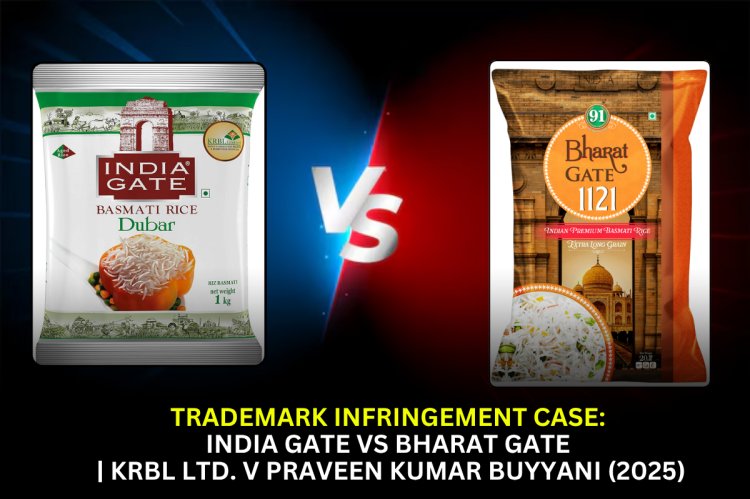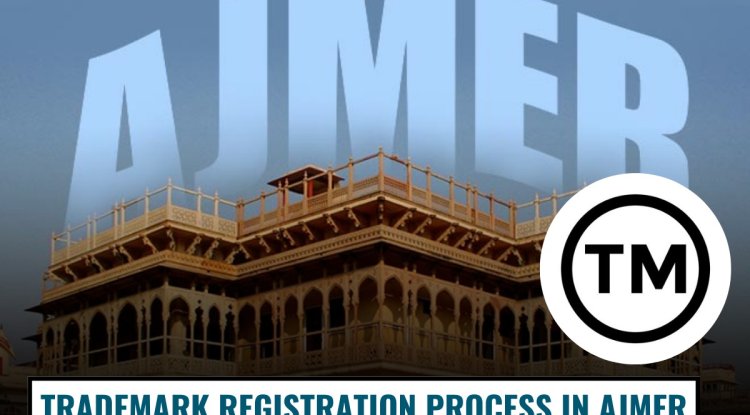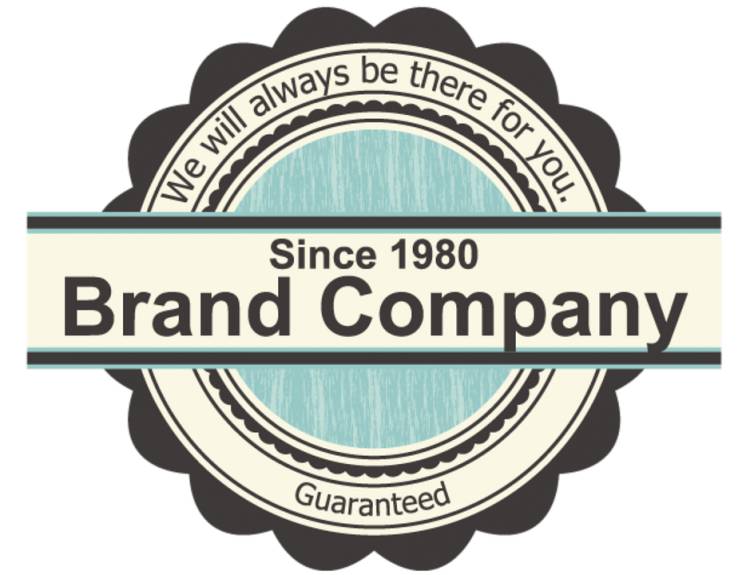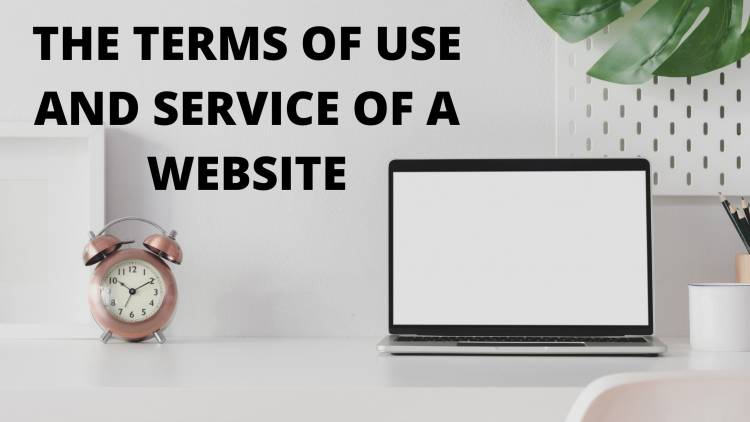Trademark Infringement Case: India Gate vs Bharat Gate | KRBL Ltd. v Praveen Kumar Buyyani (2025)
Explore the 2025 High Court ruling in KRBL Ltd. v Praveen Kumar Buyyani, where the trademark dispute between 'India Gate' and 'Bharat Gate' basmati rice brands raised critical questions about phonetic and conceptual similarity. The judgment reinforced the importance of protecting brand identity under trademark law

Case Background
The Appellant, KBRL Ltd., filed a suit before the commercial court seeking permanent injunction on use of the brand name Bharat Gate by the defendant. The appellant argued that the defendant was using a brand name having the same name as that of the appellant for its dealing in similar business as that of the plaintiff.
Since the defendant didn’t appear on 9th October 2020, the commercial court passed an ex parte interim injunction order against the respondent and restricted the defendants use of the brand name Bharat gate for the purpose of doing business in rice or any other similar products. The commercial court later vacate the interim injunction, upon which it held that there was no phonetical similarity between the two brands and that there was almost no visual difference in respect of design or color of the packaging of the two brands, since the respondents packaging has red as its predominant color, whereas blue and green dominates the appellants packaging. The commercial court also held that since both the word ‘India’ and ‘Gate’ are both generic terms and hence complete monopoly can not be given to anyone and all the citizens cannot be restricted from using such generic terms. The commercial court also said that the image of India Gate, is a monument and no one party can have exclusive rights over the image of the said monument.
The defendant had also argued that it was not dealing in the same category as that of the plaintiff, since the plaintiff was dealing in premium quality rice whereas, the defendant on the other hand was only dealing with a more economic category of consumer segment. ‘Bharat Gates’ intentions as well as its branding strategies were later questioned by the High Court.
To know more about this
Issues of the case
1. Whether there was any infringement of the rights of KBRL ltd., under section 293 of the trademark Act?
2. Are the words ‘India’ and ‘Bharat’ similar in terms of phonetic or meaning?
3. Is there any similarity on terms of visuals with respect to the brands of the plaintiff and the defendant.
4. Is Bharat Gate allowed to use the image of the monument, India Gate, same as that of the plaintiff?
Judgement
The district court, later set aside the injunction and said that there was no phonetical similarity between the two brand names. However, it also stated that both the brands are similar in terms of packaging, design or color which might cause confusion in the minds of the consumers.
The High court applied the triple identity test in order to identify similarity between brand names or logos. The triple test is based on three aspects, phonetic similarity, visual similarity or similarity in idea of the brand names. If the brands are similar on any one of the above aspects, it maybe concluded that it is enough to create confusion in the minds of the consumers. The court held that the brand Bharat Gate did not only try to copy the visuals of the brand of the plaintiff but also was conceived with the same idea. ‘Bharat’ is a synonym for ‘India’ and conveyed the same meaning, hence it was held that the defendant tried to copy the idea as well as the visuals of the plaintiff in order to use the goodwill of the plaintiff to its own benefit.
The High Court also applied the principle of Munday and Slazenger, according to which, when a party plainly copies a brand, it is to be assumed by the court that such a party has intentions to deceive the consumers and capitalize the reputation of the brand so copied. The court held that it is very essential to identify the brand in order to avoid confusions on the part of the consumers.
Bharat Gate’s defense regarding the fact that it did not serve the premium sector of consumers, as that of the plaintiff was dismissed. The court held that the price point at which the parties are selling their goods are irrelevant to this case.
Conclusion
Protection of trademarks are essential not only on the part of the consumer but also as a part of the brands or business. If the brands do not keep a check on the business that might copy its brand name, logo or trademark, then any other business might use the goodwill or brand reputation of the business to its own benefit.
The consumers on the other hand rely on the brand name and any other copied brand name might use this trust of the consumers and deceive, not only the brand but also the consumers. The consumers first recognize the brands through its visual appearance and they associate the packaging of the brand with the quality of the product. Hence, it is essential that the brands protect infringement of their rights of trademarks, not only for the sake of the brands but also for the trust that a consumer has on the product.












